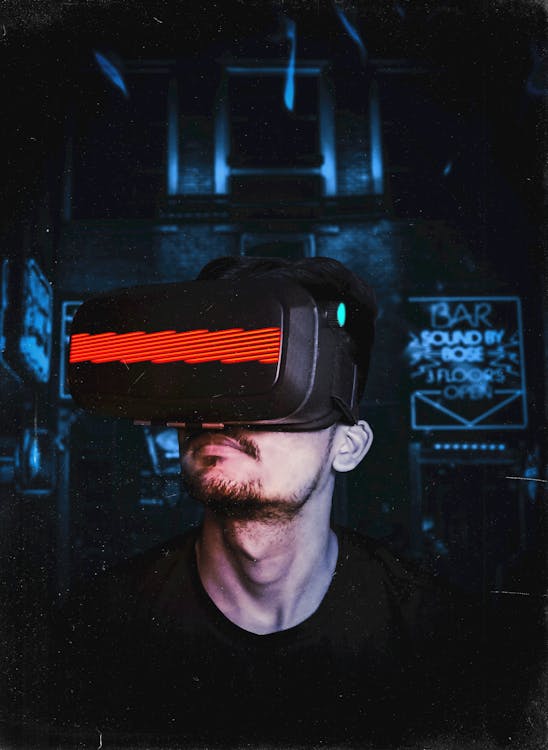Spanish Level 3- Face-to-Face Activities
🧑💻 Spanish Level 3, Activity 04: Tecnología y el futuro / Technology in the Future (Face-To-Face)

Semantic Topics: Technology, environment, creating stories, cars, tecnología, ambiente, creando historias, carros
Grammatical Structures: Familiar commands, future tense, mandatos familiares, el futuro
Products: Technology, social media, mobile devices
Practices: Making guesses, taking turns, working together in groups
Perspectives: Advantages and disadvantages of technology and social media use
- Standard 1.1 – Students engage in conversations, provide and obtain information, express feelings and emotions, and exchange opinions.
- Standard 1.2 – Students understand and interpret spoken and written Spanish on a variety of topics.
- Standard 1.3 – Students present information, concepts, and ideas in Spanish to an audience of listeners or readers on a variety of topics.
Idaho Content Standards for World Languages:
- COMM 1.1 – Interact and negotiate meaning (spoken, signed, written conversation) to share information, reactions, feelings, and opinions
- COMM 3.1 – Present information, concepts, and ideas to inform, explain, persuade, and narrate on a variety of topics using appropriate media in the target language.
- COMM 2.1 – Understand, interpret, and analyze what is heard, read, or viewed on a variety of topics.
NCSSFL-ACTFL Can-Do Statements:
- I can describe and discuss popular technology or forms of social media
- I can brainstorm resolutions to problems
- I can access information about technology and cars in the target culture
Materials Needed:
- Google Slide Presentation (hyperlinked)
- Main Activity Cards
Would you like to make changes to the materials?
Access the template(s) below:
Need help with customizing the templates? View this video for help.
Warm-Up
- Begin by introducing the Can-Do statements for today’s activity and displaying the Google slideshow on the projector.
Today, we are going to discuss technology. We will chat about things that have happened and identify familiar technologies with a partner. We will also decide how to come to a resolution of a problem. - Students will get in pairs and answer a few questions to begin a conversation on topics related to the main activity:¿Qué se tiene que hacer para mantener un carro? ¿Con qué frecuencia se necesita hacer? ¿Con qué frecuencia lo haces en realidad? (ejemplos: el servicio al automovíl, cambiar el aceite, hacerle rotación a las llantas).
Main Activity
- Divide the students into two groups. One group will describe the word on the card, and the other group will try to guess what the word is. Move the groups into different spaces of the room.
Para empezar vamos a formar dos grupos. Un grupo describirá la palabra en la tarjeta y otro grupo intentará adivinar cuál es la palabra. Mueve los grupos a diferentes espacios de la sala. - The first group will take turns picking a card and will always work together to describe the word without saying what it actually is to the second group.
El primer grupo se turnará para elegir una tarjeta y siempre trabajarán juntos para describir la palabra sin decir lo que realmente es al segundo grupo. - For example, if they draw the word Wi-Fi, the “describers” could say, “It’s something you log into on your phone so that you don’t need to use data
Por ejemplo si tienen la palabra WiFi, los ‘describiradores’ pueden decir “Es lo que usas para que no tengan que usar tu data cuando estas en el internet.” - We will have a timer for one minute. After one minute is over, the ‘describers’ become the ‘guessers’ and vice versa.
Vamos a tener un cronómetro para un minuto. Después, los que describen van a adivinar y los que adivinan van a describir. - Students can’t say the word on the card or use the names of brands in their descriptions.
Hay algunas reglas para este juego: no se puede decir en voz alta la palabra que está en la tarjeta y no pueden usar nombres de marcas famosas (como iPhone, Android, etc).
Wrap-Up
- Ask students the following questions to finish the activity:
- ¿Qué tipo de tecnología usas todos los días? (What type of technology do you use every day?
- ¿Qué tecnología nunca usas? (What technology do you never use?)
- ¿Qué problemas encuentras con la tecnología? (What problems do you find with technology?)
End of Activity
- Read Can-Do statements once more and have students evaluate
their confidence.
(Use thumbs up/thumbs down or download our student cards.) - Encourage students to be honest in their self-evaluation.
- Pay attention, and try to use feedback for future activities!
NCSSFL-ACTFL Can-Do Statements:
- I can describe and discuss popular technology or forms of social media
- I can brainstorm resolutions to problems
- I can access information about technology and cars in the target culture
CULTURAL NOTES:
- Famous Hispanic inventions
- “Quiénes son los 20 latinos más influyentes en el mundo tecnológico en Estados Unidos”
How to Revise or Remix a Pathways Project Activity
Feeling creative? The Pathways Project needs your help in revising and remixing activities for the K-16 language classroom.
Try taking an activity to the next level by:
- Add new content (something you’ve created or another OER source)
- Contribute additional activity suggestions
- Integrate authentic materials such as videos, infographics, photos, etc.
- Suggest how to implement the activity in the classroom
- Customize the content for a specific audience or group of learners (for example, K-5 learners or to differentiate for student’s needs)

